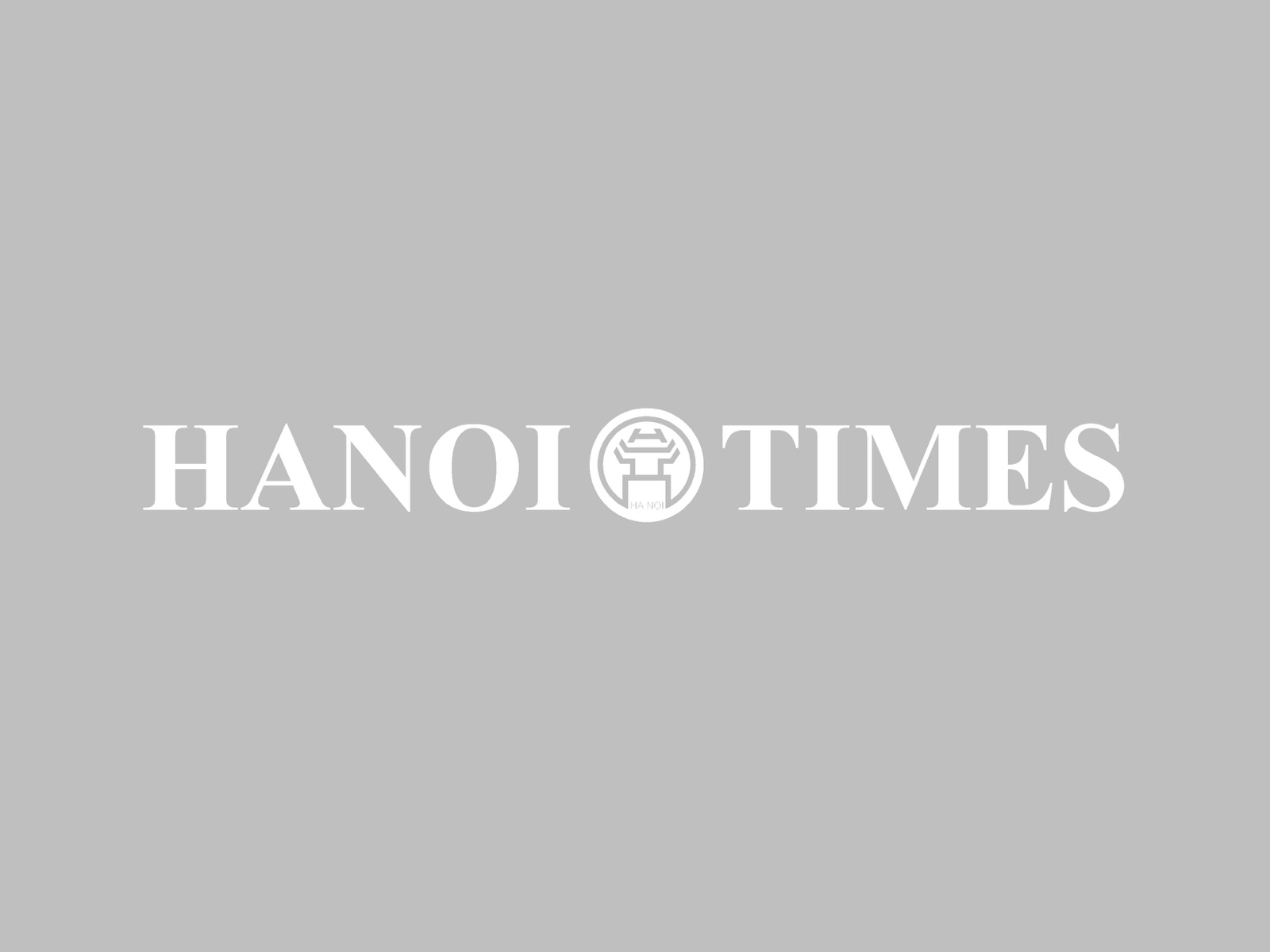Business
Vietnamese banks gain largely from bancassurance
Dec 09, 2017 / 02:22 PM
Business cooperation with insurance companies has become a new channel contributing significantly to the surge in revenue and profits of many commercial banks this year.
Saigon-Hanoi Bank (SHB) has recently released its business results in the first nine months of 2017 with a sudden growth in Q3′s service revenue. Specifically, in January-September 2017, SHB’s pre-tax profit reached more than VND1.330 trillion, up more than 68.78 percent compared to the same period last year. Under the bank’s explaination, service operations, especially bancasssurance, contributed largely to the bank’s strong growth.
On October 5, SHB signed a 15-year inclusive package with Dai-ichi Life. In fact, this was a marking event, while the handshaking and recording of revenue had been available from before, helping the bank’s service revenue in Q3/2017 to grow dozens of times.
The contract value between SHB and Dai-ichi Life is not revealed but the sign was the starting point for the cooperation process that lasted as many as 15 years.
But SHB is just one of Vietnamese commercial banks that welcomed the “golden season” of revenue and profit from insurance business cooperation.
Since the beginning of 2017, the market recorded a lot of similar cooperation. Saigon Thuong Tin (Sacombank) signed exclusive insurance distribution contract for Dai-ichi Life, Similarly, contracts were signed between Techcombank and Manulife; Vietinbank and Aviva; LienVietPostBank with Dai-ichi Life.
The cooperation packages last for five years, popularly ranging from 15 years to 20 years, bringing about the revenue of trillions of dong.
A common point is that all cooperation packages did not have contract value to be announced, but it is estimated that banks may receive 20-30 percent commission from service fee.
Recently, Techcombank’s CEO Nguyen Le Quoc Anh also indirectly suggested the potential of this channel with the estimate that the exclusive contract with Manulife will help Techcombank earn more than VND10 trillion from insurance revenue in the next five years.
Not disclosing specifically, leader of a major commercial bank that is promoting cooperation plan with a foreign insurer said this new trend has been clearly reflected in the revenue of some Vietnamese commercial banks since 2017. According to the leader, banks just need to receive $1 on each personal account to have millions of US dollar revenue each year.
In Vietnam, banks participating in the cooperation packages have had the resource of 1-1.5 million individual customer accounts, and 3-4 million accounts in some cases. Millions of US dollar annual revenue seems to be grounded.
According to the leader, this is a simple estimate and the effectiveness of this cooperation trend can be measured. Each US dollar for that account goes along with the right to access, introduce, advertise insurance product and service, and exploit relevant business. This is also the advantage of many Vietnamese banks besides large population, increased per capital income and growing middle class in recent years.
Vietnam life insurance market is having high growth rate in recent years, with more than 30 percent per year. According to the Vietnam Insurance Association, over the last 20 years, on average, there are approximately one million newly exploited contracts each year in this sector.
The exploitation and development of life insurance products via commercial banks is one of the major channels.
On October 5, SHB signed a 15-year inclusive package with Dai-ichi Life. In fact, this was a marking event, while the handshaking and recording of revenue had been available from before, helping the bank’s service revenue in Q3/2017 to grow dozens of times.
The contract value between SHB and Dai-ichi Life is not revealed but the sign was the starting point for the cooperation process that lasted as many as 15 years.

Service operations, especially bancasssurance, have contributed largely
to the Techcombank’s strong growth this year. |
Since the beginning of 2017, the market recorded a lot of similar cooperation. Saigon Thuong Tin (Sacombank) signed exclusive insurance distribution contract for Dai-ichi Life, Similarly, contracts were signed between Techcombank and Manulife; Vietinbank and Aviva; LienVietPostBank with Dai-ichi Life.
The cooperation packages last for five years, popularly ranging from 15 years to 20 years, bringing about the revenue of trillions of dong.
A common point is that all cooperation packages did not have contract value to be announced, but it is estimated that banks may receive 20-30 percent commission from service fee.
Recently, Techcombank’s CEO Nguyen Le Quoc Anh also indirectly suggested the potential of this channel with the estimate that the exclusive contract with Manulife will help Techcombank earn more than VND10 trillion from insurance revenue in the next five years.
Not disclosing specifically, leader of a major commercial bank that is promoting cooperation plan with a foreign insurer said this new trend has been clearly reflected in the revenue of some Vietnamese commercial banks since 2017. According to the leader, banks just need to receive $1 on each personal account to have millions of US dollar revenue each year.
In Vietnam, banks participating in the cooperation packages have had the resource of 1-1.5 million individual customer accounts, and 3-4 million accounts in some cases. Millions of US dollar annual revenue seems to be grounded.
According to the leader, this is a simple estimate and the effectiveness of this cooperation trend can be measured. Each US dollar for that account goes along with the right to access, introduce, advertise insurance product and service, and exploit relevant business. This is also the advantage of many Vietnamese banks besides large population, increased per capital income and growing middle class in recent years.
Vietnam life insurance market is having high growth rate in recent years, with more than 30 percent per year. According to the Vietnam Insurance Association, over the last 20 years, on average, there are approximately one million newly exploited contracts each year in this sector.
The exploitation and development of life insurance products via commercial banks is one of the major channels.








